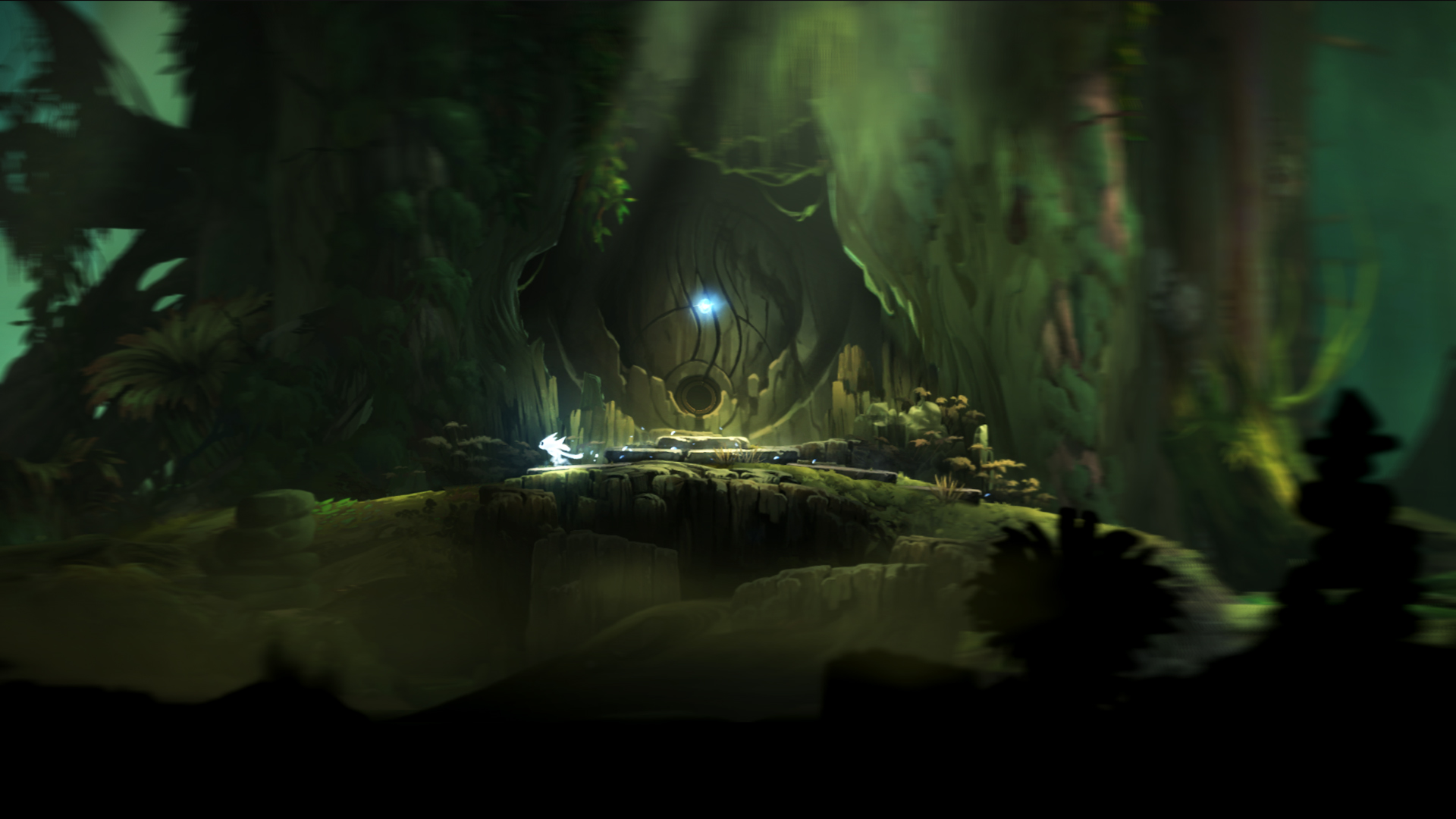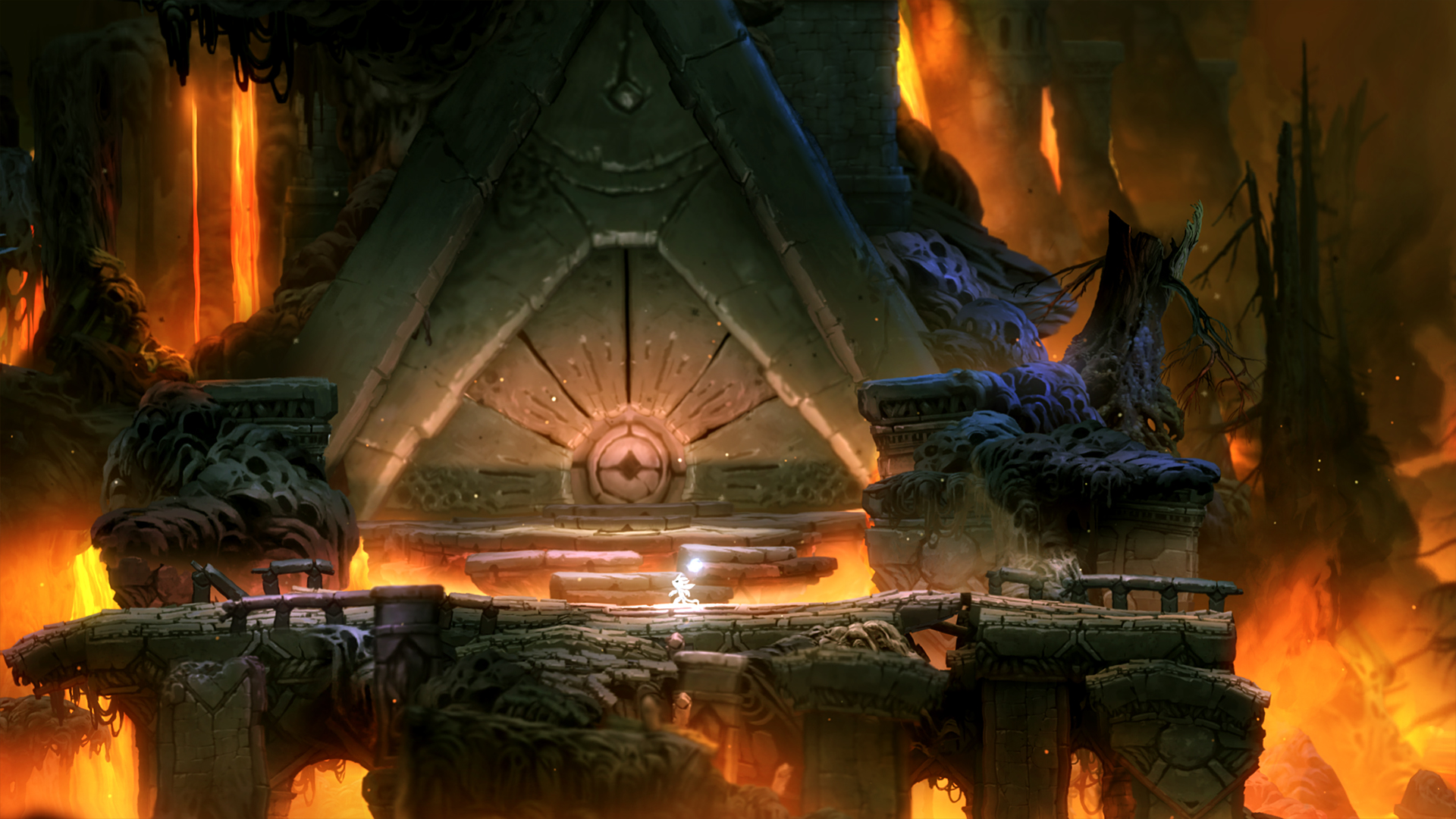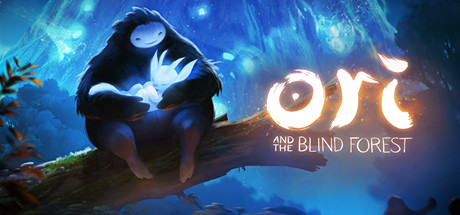Introduction
Ori and the Blind Forest, released on March 11, 2015 by Moon Studios, quickly became a landmark in action-platformer and Metroidvania games. With hand-painted art, finely tuned character animations, and a full orchestral score, Ori offers an emotional journey through the dying forest of Nibel. In this comparison-style analysis, CompletionistMaster looks at how Ori measures up to similar games, its story and gameplay design, and what players say about its highs and lows.
Comparison with Genre Peers
-
Hollow Knight – Both games focus on exploration and telling stories through the environment, but whereas Hollow Knight brings deep combat, hundreds of bosses, and a vast open map, Ori leans into puzzles and precise platforming. Ori’s shorter playtime and more guided story stand in contrast with Hollow Knight’s open-ended structure and rising difficulty.
-
Celeste – Celeste is known for its sharp platforming challenges and a meta-narrative on mental health. Ori shares tight controls and tough sections but adds a touching tale of family and sacrifice. Ori’s system of ability upgrades and wider areas can feel more open compared to Celeste’s gauntlet-style stages.
-
Guacamelee! – Where Guacamelee! throws you into fast-paced combat combos and playful Mexican folklore, Ori stays somber and almost otherworldly. Both use Metroidvania progression—Ori through Spirit orbs and ability shards, Guacamelee! with luchador moves—but Ori’s threats come from the terrain and tricky platform puzzles rather than waves of enemies.
-
Dead Cells – A roguelite twist on Metroidvania, Dead Cells focuses on random runs and fast combat. Ori, in contrast, offers a hand-crafted story with fixed maps made for exploring and backtracking. If you want a stable world with set secrets, Ori is more rewarding; if you want endless replay value, Dead Cells will draw you in.
Story and Emotional Impact
Ori’s narrative is deceptively simple: a young spirit orphan embarks on a quest to restore balance to Nibel. Yet Moon Studios’ masterful pacing, character design, and visual cues infuse the story with genuine emotion. Key moments—such as Ori’s reunion with Naru or the sacrifice of Sein—resonate thanks to silent, expressive animation and a thematic score that swells at precise narrative beats.

Gameplay Mechanics
-
Movement & Abilities: Double-jump, wall-climb, dash, and grapple make up the core moves. Each new skill opens up earlier areas, encouraging thorough backtracking.
-
Spirit Light & Upgrades: Gather Spirit Light to buy upgrades such as more energy, health, and ability boosts. Optional Spirit trials often reward extra Spirit Light and test your reflexes.
-
Puzzle Integration: Ori blends environmental puzzles—lever switches, light bridges, weight plates—into its levels more smoothly than many peers.
-
Combat & Difficulty: Combat is simple: basic melee strikes and a few ranged shots. Whereas some Metroidvanias test you with enemy hordes, Ori relies on platforming hazards and timed challenges for its tough spots.
Exploration, Collectibles, and Completionism
As a completionist deep-dive, Ori offers:
-
Morpho Hearts & Life Cells: Scattered across the forest, they boost health and save points but often demand tricky platform moves to get.
-
Ability Shards & Spirit Trials: Optional tests push your use of new skills. Completing them gives extra Spirit Light and unique achievements.
-
Map Fragments & Hidden Paths: To see the full map, you must find pieces hidden behind secrets or reachable only with certain skills.
-
Achievements & Timed Challenges: For 100% completion, replay sections to meet specific goals—speed runs, perfect health runs, or no-death trials.

This focus on exploration and completion gives the game high replay value for completionists, though casual players may find some collectibles obscured or the backtracking a bit tedious.
Visuals & Audio
Art Direction: Hand-painted backdrops and layered foreground elements give Nibel a magical, storybook quality. Dynamic lighting and particle effects (buoyant pollen, misty shafts of light) make every screen feel alive.
Animation: Frame-by-frame character animations convey emotion without dialogue. Ori and the Blind Forest’s fluid movements and expressive enemy designs stand out among 2D platformers.

Score & Sound Design: A fully orchestrated soundtrack accompanies every moment—from tender piano motifs to sweeping strings during boss encounters. Ambient forest sounds, subtle creature calls, and impact cues round out the soundscape.
Community Feedback & Review Analysis
Ori and the Blind Forest holds a 75% “Mostly Positive” from 300 recent Steam reviews and an impressive 94% “Very Positive” from 48,545 all-time reviews. Player feedback shows:
-
Praised for: Beautiful visuals, touching story, moving soundtrack, and tight controls. Many praise the smooth mix of puzzles and platforming.
-
Criticized for: Sudden difficulty spikes—especially in late-game platform gauntlets—and frustration over hidden items or backtracking without clear map clues.

Overall, the community embraces Ori and the Blind Forest’s artistic ambition and emotional core, with most criticisms centering on pacing and difficulty balance rather than core design flaws.
Conclusion
Ori and the Blind Forest remains a standout in the indie Metroidvania scene. Its heartfelt narrative, masterful art, and orchestrated sound score set a high bar, even if its combat depth and map guidance trail some peers. Completionists will relish hunting every shard, heart, and hidden trial, while genre newcomers will find a touching, finely tuned experience. For players seeking a story-driven platformer with Metroidvania flair, Ori and the Blind Forest stands tall among its contemporaries.

